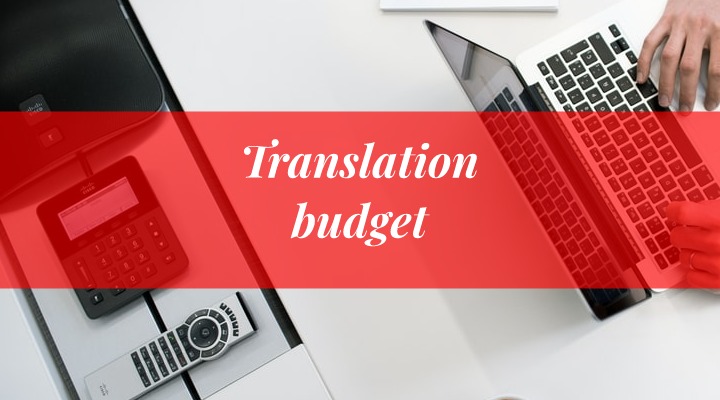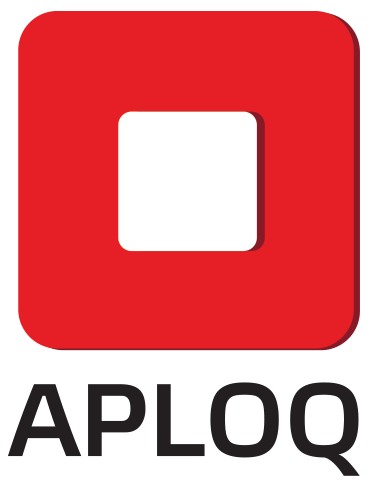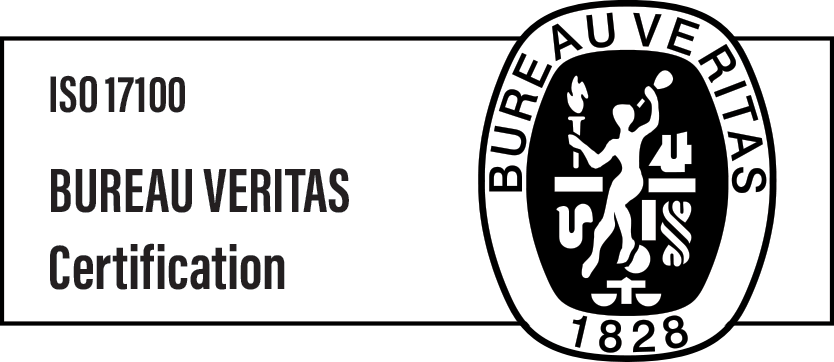Everything you have to know about translation budget

As a business owner, you have to make sure that your company’s budget is effectively spent, no matter what product or service you need to order. The translation service is no different. Before you sign the dotted line, you ought to find out how much your translation project is going to cost. And the relevant question is how to determine these costs ahead of time, and what to do in order to make sure your financial resources for translation services are used effectively. Let’s find out!
In its essence, translation service is actually quite straightforward to calculate. Typically, translation agencies (or LSPs – language service providers) charge for a per-word rate. In some countries, for instance, Poland, some LSPs calculate their services per one standard page. Such a standard page is calculated differently depending on a service:
- For sworn translation, one standard page in Poland consists of 1,125 characters with spaces.
- For standard translation, a standard page comprises 1,800 characters with spaces.
Make sure you verify what your agency means by a standard page. It’s usually 1,800 characters with spaces, but a page may also be 1,600 or even 1,500 (check if it’s with or without spaces, some agencies manipulate this information to make their cost look smaller). Typically, one standard page is 250 words.
Quick side note: How can you calculate how many characters or words are in your DOC/DOCX file? You can get a precise character count in any MS Word document by selecting the “Review” tab and then clicking “Word Count”. For PDFs and other types of documents, you can use open-source software like CountAnything, for instance.
This way, knowing the per-standard-page rate, you can quickly get the exact number. Just use this simple math equation:

Things get complicated, though, when you have different types of files and several target languages.
Budget for an extensive translation project: What should you consider?
Suppose you’re running a company and you’re thinking about conquering another market. Obviously, you have to translate necessary documents and materials into the new target language. Among your materials, there will most likely be:
- Presentations (PPT files)
- Visuals (JPG, PNG, etc.)
- Agreements and other documents (PDF, DOC)
- Videos (subtitles needed!)
- Localisation of website and apps
The rates for each of these elements can vary. You have to acknowledge that your LSP will most likely charge more for more complicated pieces of content and file formats. Moreover, these rates can also be different depending on the complexity of the specific piece. For example, if you run a manufacturing company, some of your materials will be relatively easy to translate (e.g., marketing materials and website), and some will be far more complicated (manuals, by-laws, production guidelines, etc.).
Now, when it comes to specialised materials, such as technical documents, the translation agency has to hire a translator with extensive technical knowledge and experience. Experienced technical translators work on higher-than-standard rates. Therefore, translating technical documents will be more expensive than standard texts.
And then, you have various languages. Imagine you’re starting a new company that will be operating on three European markets, say Poland, Germany, and the Czech Republic. Obviously, you need to translate your contents into Polish, German, and Czech. Each of these languages will have different rates. Now, what do they depend on? Typically, there are three major factors:
- The number of translators working with a specific language (AKA the popularity of a specific language)
- The complexity of the source text
- The number of source materials (the more you have to translate, the per-word/per-page rate decreases)
HOW CAN YOU GET THE EXACT PRICE?
We have to be honest here. If your translation project is complicated, there are diverse file types and at least two different target languages, figuring the exact amount on your own is close to impossible. That’s simply because there are too many variables to consider. The best thing to do is to find three or four agencies and send them a short RFQ (request for quotation) consisting of:
- If needed sign NDA first
- Ideally share the content as this is the best way how to get exact quote and possibly discount on repetitions
- If sharing documents is not an option, share as much information, as possible, including some statistics on word count
- Let the potential partner know what kind of service you are looking for, what for document would be used?
- Source language, target language(s)
- Types of translation (medical, technical, marketing, sworn/standard, etc.)
This way, each agency will be able to prepare an accurate price offer for you. Believe us, it’s the best way to find out how much you are going to pay.
Translation budget: Additional services
So far, we’ve just covered the standard written translation service. There are some additional services that you ought to think about as well:
- Localisation: Primarily important when you want to conquer a new market, and you need your texts to look and sound like they’ve been written in the target language in the first place.
- Proofreading: Usually, it’s a service provided by a native speaker of the target language, making sure nothing sounds odd or inconsistent with the specificity of the target language or market.
- Postediting (MTPE): It’s a service that’s all about improving the machine‑translated content to make it sound natural and flow perfectly. In the times of Google Translate and other machine translation tools, this service is becoming indispensable because no matter how good it may be, MT translation engines are still behind experienced human translators.
Each of these services is calculated differently. If you want to order some of them as well, you should let your agency know about that at the valuation stage. And then, there are oral translation services, frequently referred to as interpreting.
INTERPRETING SERVICES
These are usually settled per hour (in Poland often per blocks). Sometimes, when, for example, you need an interpreter assisting you through a full-day event, you might get a fixed full-day (or half-day) rate. And there are also several additional costs, which can be included depending on a specific situation:
- Mileage/travel fares
- Accommodation (for longer events and projects)
- Preparation time (when the specificity of the project requires additional preliminary preparation, this element is always agreed upon with the client beforehand)
Additionally, bear in mind that there are at least three types of the interpreting service:
- Simultaneous (the interpreter does the translating “live”, as the second party talks)
- Consecutive (the speaker pauses during their speech giving the interpreter some time to translate what has just been said)
- Whisper (the interpreter literally whispers what is being said as not to disturb other discussion participants)
These types of oral translation can also be settled differently. That’s why it’s so vital to let your agency know what kind of oral translation you’re looking for.
How can you find the best translation agency?
Granted, with thousands of LPSs out there, it may be confusing. However, with our list of a few crucial elements, you’re on a straight course to find your perfect match. Here’s what you should check before signing the agreement:
- Always look for an agency that works with native speakers of both source and target languages.
- Look for an LSP that has experience in working for clients from your sector/industry. That’s especially vital when you operate in a specialised and complex niche.
- Agencies working for international organisations and government institutions are typically the most professional and reliable ones.
- If you need sworn translation, make sure your new LSP has a sufficient team of sworn translators who will be able to handle your project.
If you manage to find the agency that ticks all of these four boxes, successful, long-term cooperation is in sight! And the good news is, Aploq meets all the aforementioned conditions concerning the Polish language. Plus, we have team of dedicated sworn translators on board, too! If you’re looking for an LSP that will help you with translating materials from and into Polish – we are at your service!

